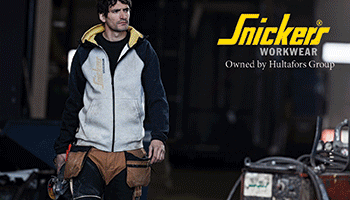The practice of overloading structures is creating potentially fatal situations on building sites throughout Northern Ireland.
These structures include scaffolding and the floors of buildings under construction.
In the past in Northern Ireland, a bricklayer was injured when the timber joists on the floor gave way after being overloaded with concrete blocks. There was no temporary propping underneath the floor. On another site a worker was injured when he fell as the third floor collapsed during the placement of a pallet of concrete blocks.
A common example of overloading is the placing of full pallets of bricks or blocks and tubs of mortar on scaffold. This creates a risk of scaffold failure and collapse due to the overloading of one or more scaffolding bays.
Overloading may also cause permanent damage to scaffolding components e.g. planks, which can't always be visually detected at the time, and is only realised at a later date when that component fails.
There are many different types of scaffolding systems used by the construction industry and these include lightweight scaffold towers, system scaffolds such as "Kwikstage" and "Cuplok" and tube & fitting scaffolding.
Unless a scaffold is a basic configuration described in recognised guidance e.g. NASG TG20 ‘technical guidance for tube and fitting scaffolds’ or manufacturer’s guidance for system scaffolds, the scaffold should be:
designed by calculation and
designed by a competent person
to ensure it will have adequate strength and stability. The manufacturers of the scaffolding or the designer of the temporary works should be consulted as to the safe working load.
Where tube & fitting scaffold is being erected the scaffold erector should be made aware of the intended use and loading so that it can be designed accordingly.
It is essential that any scaffold is erected in full compliance with the manufacturer’s guidance.
The construction industry needs to make more use of loading towers (or loading bays) in scaffolding. The loading tower is a specially strengthened platform designed to take heavy (palletized) materials.
Loading towers usually incorporate additional components to that required for standard scaffolding. A sign should be placed on the loading tower telling you its safe working load.
Remember, scaffolding must only be erected by a person who is trained and competent for the type of scaffolding work they are undertaking.
There is a statutory requirement to inspect scaffolding and make a record of these inspections. The purpose of the inspection is to ensure that the scaffolding is maintained in a safe manner. These inspections can identify damage to scaffold tubes, planks and staging and facilitate the replacement of components, which may weaken the structure.
Contractors overload structures by attempting to load out first floors with enough blocks or bricks to build the entire second storey. Where loading of floors is necessary, propping should be designed and installed so that it is adequate to support the load required (temporary works).
Suppliers of concrete blocks etc must remember that there is a statutory requirement to carry out a risk assessment for all the activities involved in their work. This includes a site specific risk assessment for all the deliveries.
If you are in control of a building site, you should not ask delivery drivers to load structures. Suppliers delivering materials to site must only off-load onto firm level ground. It is the responsibility of site management to carry out the safe loading of structures.
You need to undertake a risk assessment, method statement, lifting plan etc for the loading of structures, and those involved such as telescopic handler drivers and crane operators must be aware of the Safe Working Load (SWL) of the structures they are loading. The system of work should address the even distribution of the load.
Vehicles themselves may overload structures. Examples include the use of mini excavators and forklift trucks operating on concrete floors, which are not designed to bear heavy loads.
Specific guidance is available in documents such as BS7121-4:2010 – Code of Practice for safe use of cranes - part 4 lorry loaders; and industry guidance e.g. CPA / ALLMI publication, 'safe use of lorry loaders'.
The Health and Safety Executive for Northern Ireland encourages everyone involved on construction sites to make best practice your practice every time. Nancy Henry (Principal Inspector construction) says: "HSENI expects the construction industry and those companies delivering materials to construction sites to react positively to the guidance outlined above. Inspectors will take appropriate, robust enforcement action where they encounter cases of overloading."
For further information please contact HSENI on 0800 0320 121 or visit the website: www.hseni.gov.uk
Construction News
12/03/2013
Overloading Of Structures During Construction Work
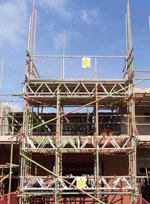

25/07/2025
Monaghan County Council recently welcomed John Cummins TD, Junior Minister at the Department of Housing, Local Government and Heritage for a detailed briefing on the progress of housing delivery and regeneration projects across the county.
The Minister's visit concluded with a tour of the housing d
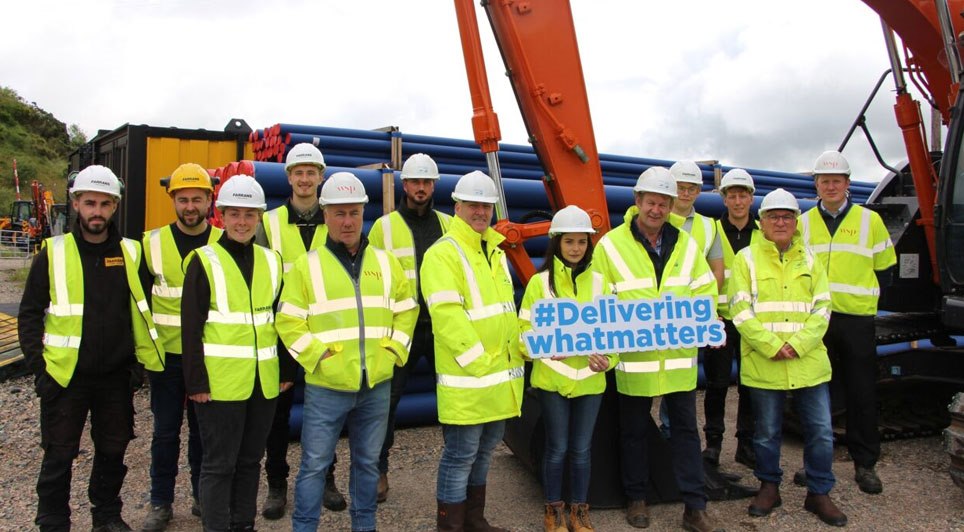
25/07/2025
Farrans Glanua and NI Water are working in partnership with the Responsible Plastic Management Program as part of their commitment to achieving zero plastic to landfill.
This initiative is being rolled out across a number of construction projects throughout Northern Ireland. As part of the IF105 I

25/07/2025
The Department of Transport has been allocated €24.33 billion under the National Development Plan Review 2025 to support various infrastructure requirements and projects.
The revised investment will support further expansions of key transport programmes over the next five years, such as: Public tra

25/07/2025
County Tyrone-headquartered Bell Contracts has been appointed by the Health Service Executive (HSE), Ireland, to deliver the Rockfield and Convent Refurbishment Project at Beaumont Hospital, Dublin.
This major refurbishment scheme involves the restoration and upgrade of a number of architecturally

25/07/2025
There was a 35% increase in the number of homes built in Ireland during the second quarter of 2025, according to figures published by the Central Statistics Office (CSO).
The CSO's New Dwelling Completions Report shows that there were 9,214 new dwelling completions in April, May, and June, a one-th

25/07/2025
Public consultations have been launched by Fingal County Council on two proposed play areas in Dublin 15.
These projects, at Hazelbury Park and Hartstown Park, will involve the construction of accessible, high-quality recreational environments with a strong emphasis on inclusive design, sustainabi

25/07/2025
National utility company Uisce Éireann, Northern Ireland-headquartered Farrans Construction and Larsen Water Management have collectively saved 150,000 litres of water daily in Letterkenny, County Donegal, by successfully repairing a major leak.
The significant leak, at Main Street, Letterkenny, wa
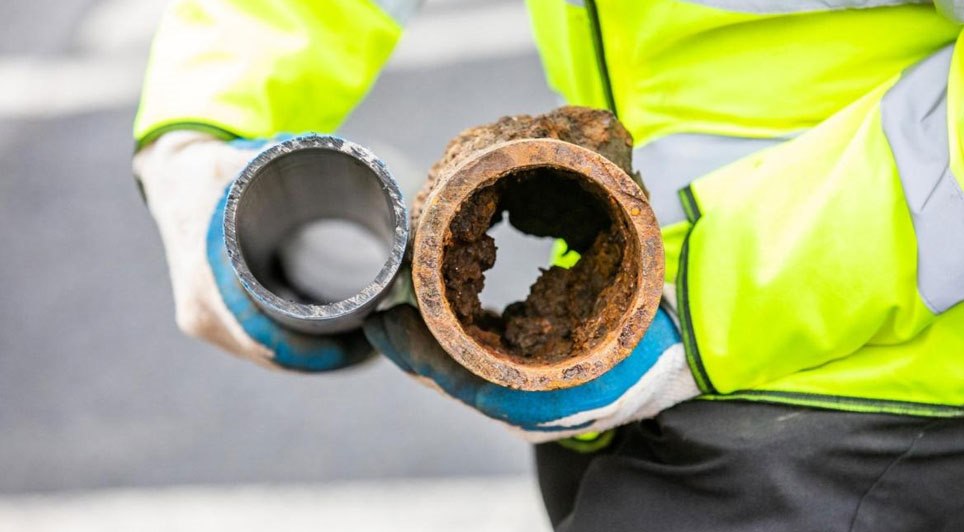
25/07/2025
Ward and Burke Construction Ltd has completed essential upgrade works, on behalf of Uisce Éireann, to the water infrastructure in Alva, Creegh, County Clare.
The works included the replacement of over 800m of aged water mains with new pipes, which will help secure the village’s water supply and red

25/07/2025
Coffey Construction Ltd has been appointed by Uisce Éireann to carry out essential upgrade works to the water supply infrastructure in Drumconrath, County Meath.
The project involves the development of a new groundwater well in Posseckstown, which will act as a new raw water source for the Drumcon
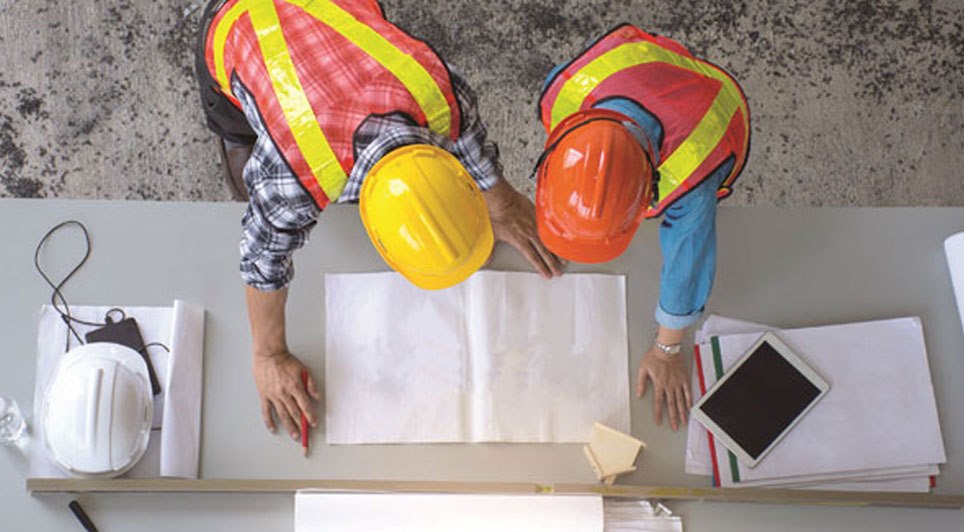
25/07/2025
As part of the Belfast Tidal Flood Alleviation Scheme, a training exercise to install the temporary defences will occur between Monday, July 28 and Saturday, August 2, Northern Ireland's Department for Infrastructure (DfI) has announced.
The exercise will be located along the banks and towpaths of
 Ireland
Ireland UK
UK Scotland
Scotland London
London

